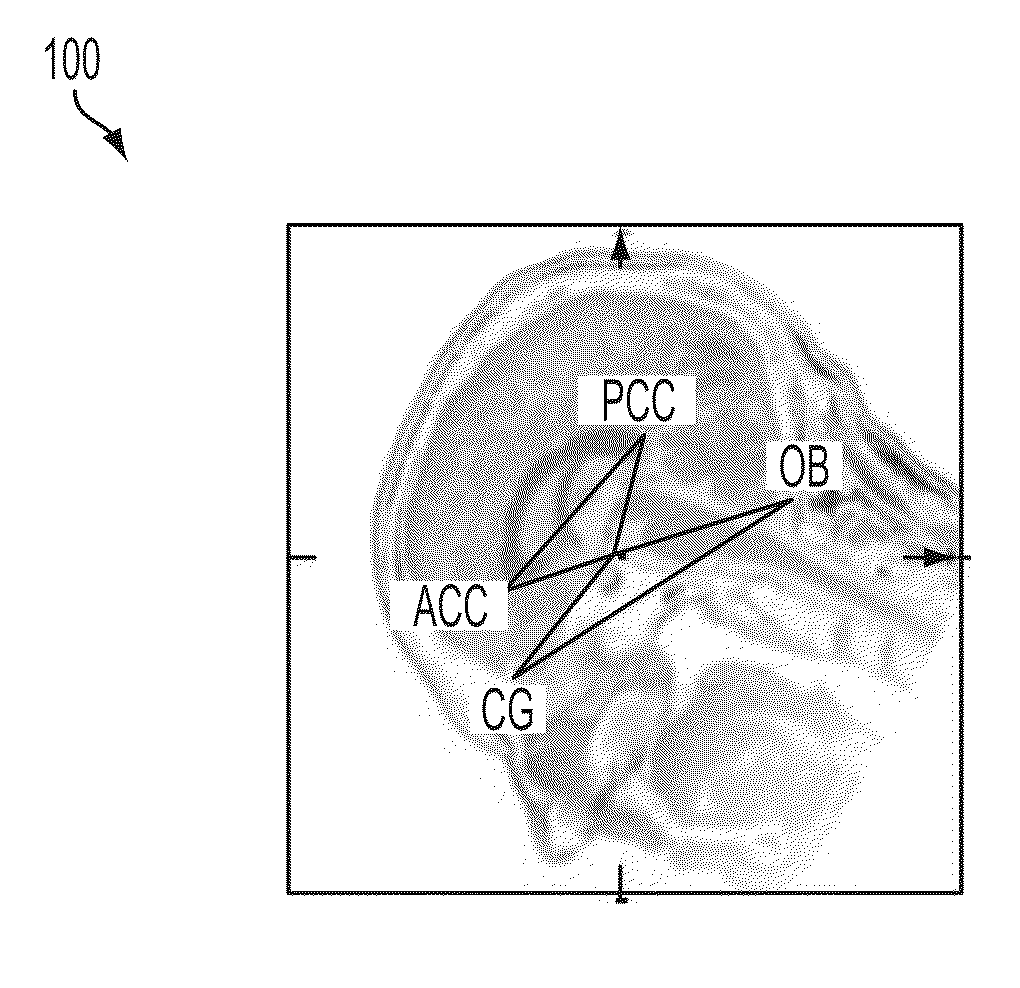Method and System for Anatomic Landmark Detection Using Constrained Marginal Space Learning and Geometric Inference
a technology of geometric inference and marginal space learning, applied in the field of 3d object detection in images, can solve the problems of detecting and segmenting human anatomical structures in 3d medical image volumes, which are typically more difficul
- Summary
- Abstract
- Description
- Claims
- Application Information
AI Technical Summary
Benefits of technology
Problems solved by technology
Method used
Image
Examples
Embodiment Construction
[0016]The present invention is directed to a method for detecting anatomical landmarks in medical images, such as computed tomography (CT), magnetic resonance imaging (MRI), ultrasound, etc. Embodiments of the present invention are described herein to give a visual understanding of the anatomical landmark detection method. A digital image is often composed of digital representations of one or more objects (or shapes). The digital representation of an object is often described herein in terms of identifying and manipulating the objects. Such manipulations are virtual manipulations accomplished in the memory or other circuitry / hardware of a computer system. Accordingly, is to be understood that embodiments of the present invention may be performed within a computer system using data stored within the computer system.
[0017]According to an embodiment of the present invention, an anatomical structure is detected in a 3D medical image using constrained marginal space learning (MSL). MSL i...
PUM
 Login to View More
Login to View More Abstract
Description
Claims
Application Information
 Login to View More
Login to View More - R&D
- Intellectual Property
- Life Sciences
- Materials
- Tech Scout
- Unparalleled Data Quality
- Higher Quality Content
- 60% Fewer Hallucinations
Browse by: Latest US Patents, China's latest patents, Technical Efficacy Thesaurus, Application Domain, Technology Topic, Popular Technical Reports.
© 2025 PatSnap. All rights reserved.Legal|Privacy policy|Modern Slavery Act Transparency Statement|Sitemap|About US| Contact US: help@patsnap.com



